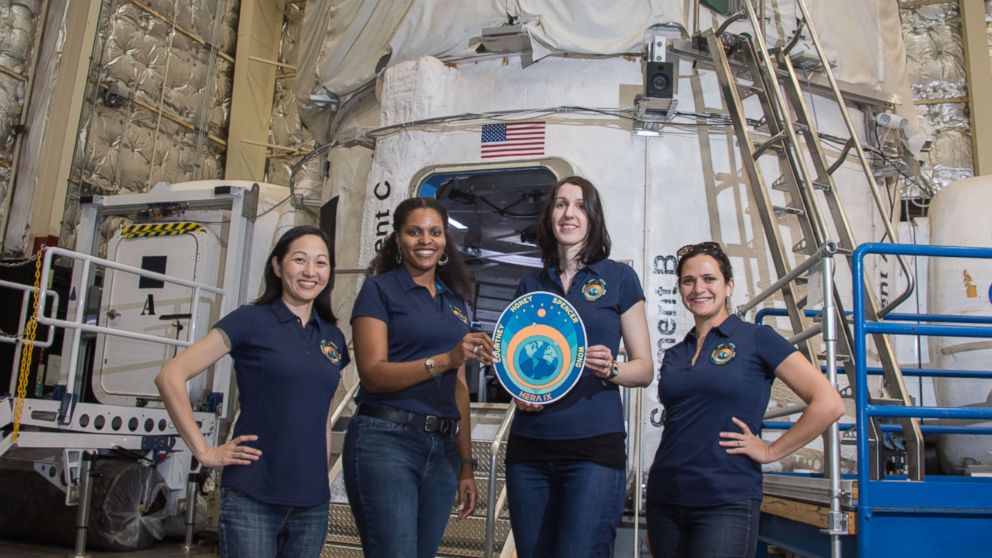NASA Experiment Puts 4 Volunteers in Cramped Quarters for a Month
The team will be isolated for a month in a simulated spacecraft.

— -- A manned mission to Mars or another long-haul destination will require crew members to keep their cool and perform their necessary duties -- all while living in cramped quarters and experiencing the isolation of space travel.
NASA's latest experiment -- putting four humans in an isolated habitat for 30 days -- has been done before. But repeating the simulated mission will continue to help the space agency collect data and observations that could one day help inform training for a real-life expedition.
The latest group will live inside the Human Research Exploration Analog (HERA) at NASA's Johnson Space Center in Texas with virtually no access to the outside world, other than communications mission control, according to a post on NASA's Tumblr detailing plans for the mission.
The foursome will be simulating a 715-day mission to an asteroid and will have to complete several tasks that would happen during the journey to the asteroid, their arrival and eventual return to Earth. NASA also said it plans to throw a few emergency scenarios into the mix so they can watch how the crew members perform under stress.
"This simulation means that even when communicating with mission control, there will be a delay on all communications ranging from 1 to 10 minutes each way. The crew will also perform virtual spacewalk missions once they reach their destination, where they will inspect the asteroid and collect samples from it," NASA explained.
During the simulated trip, the group will also be growing their own plants and taking care of brine shrimp since it will be important for astronauts to sustain their own food sources on long-haul trips.
The last experiment inside HERA was done in 2014 and lasted several days, during which NASA gathered a trove of data from its volunteers using electronic badges that recorded heart rate, distance, motion, sound intensity, proximity and interactions between the team.




